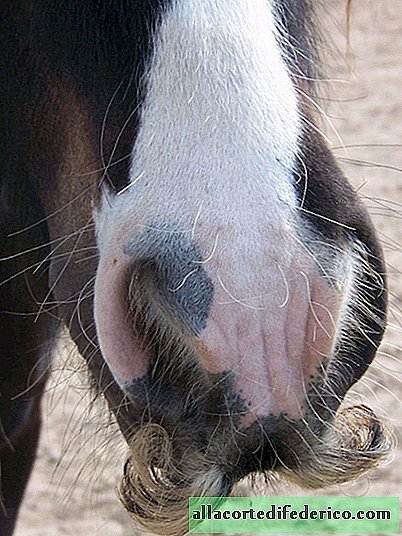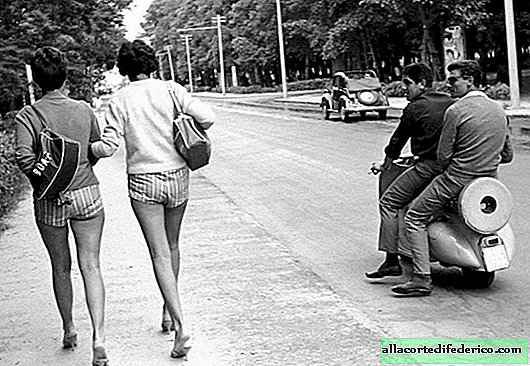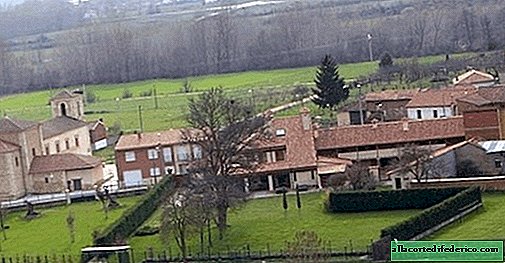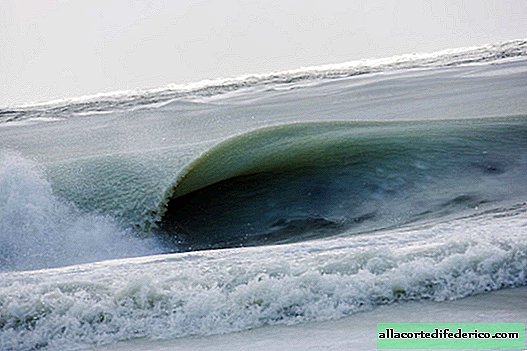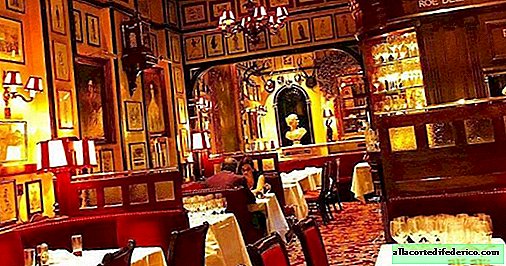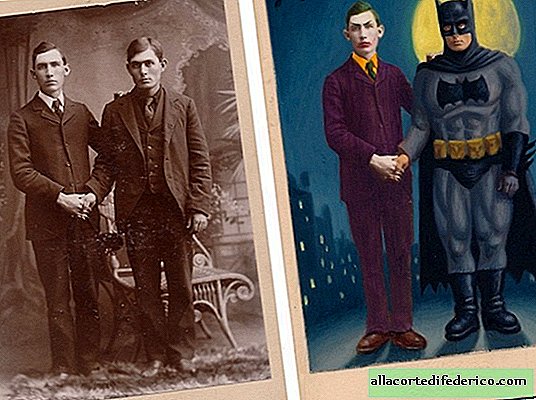5 facts about the Monomakh hat: advertising move or relic
This "ancient relic of the Byzantine overlords" is nothing more than a political advertising move. But this did not stop the Rurikovich and Romanovs from using this very sacred object as a symbol of power.
The hat had nothing to do with the real Monomakh.
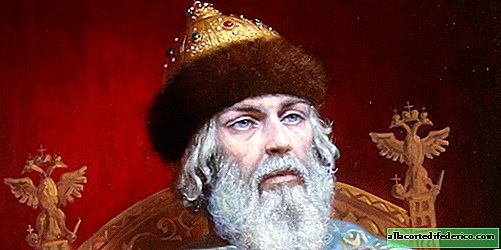 Vladimir Monomakh
Vladimir MonomakhThe Tale of the Princes of Vladimir tells us how the Byzantine emperor Konstantin Monomakh sent this headdress to his grandson, Grand Duke Vladimir, when he ascended the throne. This gesture emphasized the legitimacy of the monarch and his reign on Russian lands. Legend has it that this attribute was used in the wedding to the kingdom of all subsequent princes after Vladimir.
In reality, this was not so. The legend arose much later, and as for the cap, the story about it is very far from reality. Konstantin Monomakh died when his grandson was only two years old, and no regalia could be sent. Modern historians claim that the legend of the Byzantine heritage was invented during the reign of Grand Duke Vasily III (1505-1533). It was then, in the 16th century, that the Russian princes, who were going to unite the Russian lands with blood and sword, used all kinds of symbols of power to emphasize the legitimacy of ancient claims to absolute power. As you can imagine, the “Monomakh hat” presented by the great Byzantine emperor was a great success.
Its origin is still not reliably known.
 Monomakh hat
Monomakh hatWho then made the Monomakh hat? In addition to the Byzantine theory, there is also a hypothesis that the Golden Horde is related to its origin. According to her, the rulers of the Mongols sent precious regalia as a gift to the Moscow princes for their faithful service. According to the historian Sergei Bogatyrev, the cap is more reminiscent of a Mongolian women's headdress. "Russian princes would be interested in a more masculine version."
The historian’s version is that the Monomakh hat was created in Moscow during the reign of Vasily III. The craftsmen used various precious gold jewelry found in the treasury. This can easily explain the uneven design - some of the gold elements seem to be arranged asymmetrically to each other.
Before Peter the Great, nine rulers wore a Monomakh hat
 "Tsar Ivan. Last battle." Andrey Shishkin
"Tsar Ivan. Last battle." Andrey ShishkinThe first was the son of Vasily III Ivan the Terrible. He also became the first ruler in Russia, who began to be called the "king", that is, "Caesar."
Art critic Victoria Gerashchenko compares Tsar’s robes of Ivan with the appearance of an Orthodox church. The Monomakh hat brought essential touches to the king’s robe. Bright parallels arrived that were supposed to emphasize absolute power. The holy cross adorns the hat, as does the cross on the Orthodox church. This emphasizes the divinity of the origin of royal power.
Then she passed on to Ivan's son, Fyodor, the last of the ancient Rurikovich dynasty, then the rulers of the Time of Troubles followed: Boris Godunov, False Dmitry I and Vasily Shuisky, after them the first Romanovs: Mikhail Fedorovich and Alexei Mikhailovich. The last to put on this attribute of power was Ivan V, the elder brother and co-ruler of Peter the Great.
Peter the Great, ascending the throne, dispensed with this custom, and the Monomakh hat that adorned the heads of the rulers of 178 years was surrendered to the Assumption Cathedral of the Moscow Kremlin.
There were other hats
 Diamond hat
Diamond hatIn addition to the Monomakh cap, there were others created on its model and dedicated to various historical events. Among them were Kazan, Siberian, Diamond. Kazan was created a year after the accession of Kazan, in 1553, Almaznaya was specially made for Ivan the Fifth by the masters of the Moscow arms factory and decorated with diamonds.
The hat has become the main symbol of power and responsibility.
 "Portrait of F.I. Chaliapin as Boris Godunov." A Golovin
"Portrait of F.I. Chaliapin as Boris Godunov." A Golovin“Oh, you are heavy, Monomakh’s hat!” Says Boris Godunov in the tragedy of Alexander Pushkin. The scene shows Godunov just ascending the throne as a result of the murder of his rightful heir Dmitry, who was accused of him.
The period of power of Tsar Boris is the beginning of the Time of Troubles in the history of Russia. Pushkin’s words can be the aphorism of this entire historical segment. They reflect the difficult burden of responsibility of the ruler.

